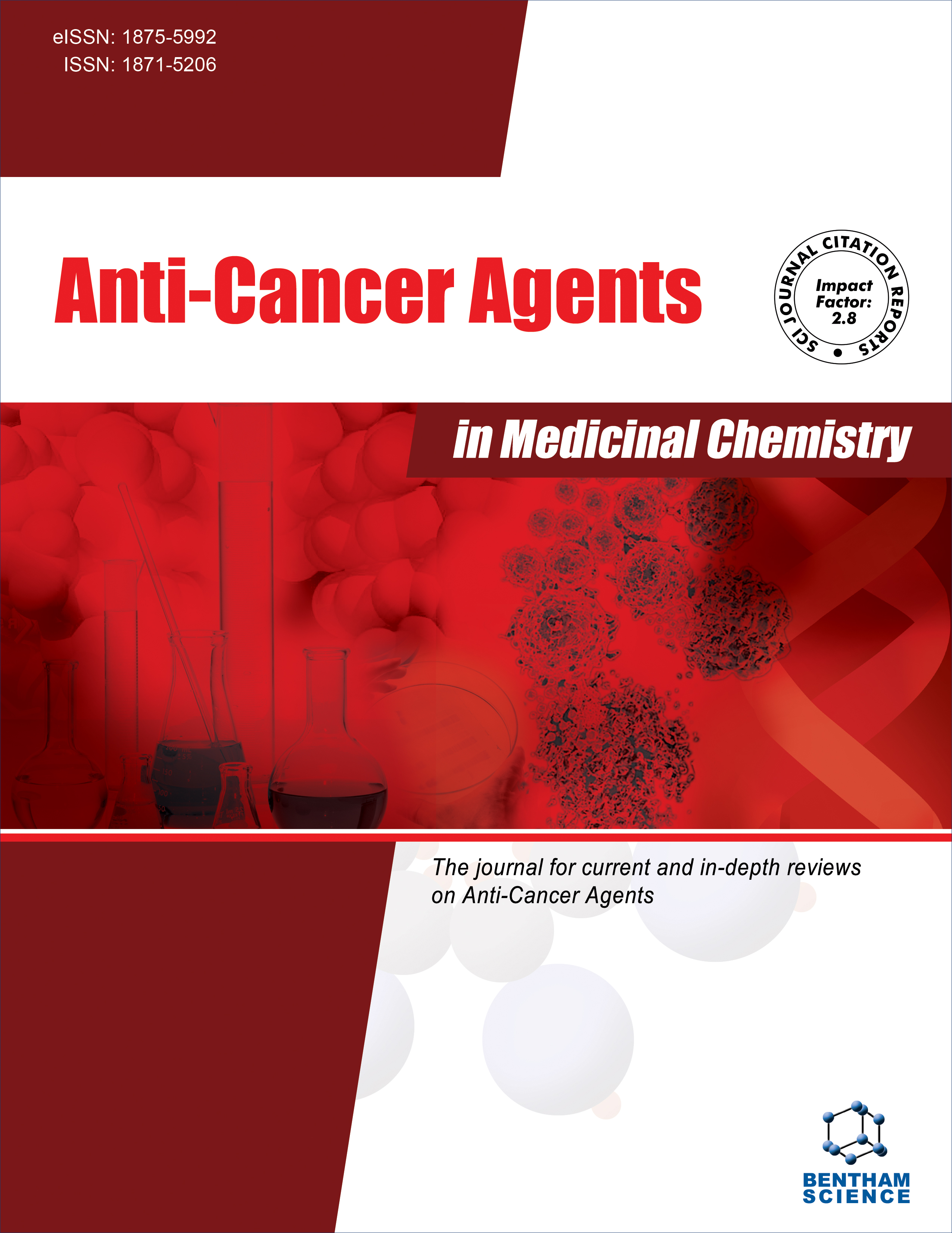
Full text loading...

Diffuse large B-cell lymphoma (DLBCL) is one of the most prevalent hematological malignancies with high mortality. G1 to S phase transition 1 (GSPT1), a key translation termination factor involved in protein synthesis, has been implicated in tumor progression. This study aimed to investigate the effectiveness and underlying mechanisms of the GSPT1 degrader SJ6986 in DLBCL.
The TCGA and GTEx datasets were utilized to assess the expression of GSPT1 in DLBCL. The viability and proliferation of DLBCL cells were detected using the Cell Counting Kit-8 (CCK-8) assay. Cell apoptosis was detected via flow cytometry. The expression of GSPT1 was evaluated using qRT-PCR and Western blot. Xenograft mouse models were employed to explore the in vivo therapeutic potential of SJ6986. RNA sequencing was used to explore the potential mechanism of SJ6986 in DLBCL.
This study first identified that GSPT1 is highly expressed in DLBCL and demonstrated that its genetic knockdown significantly suppressed the activity of DLBCL cells. Furthermore, it was found that SJ6986 effectively reduced the proliferation of DLBCL cells, induced cell apoptosis, and inhibited tumor growth in vivo without significant toxicity. Mechanistically, RNA sequencing analysis showed that the endoplasmic reticulum (ER) stress was significantly triggered following SJ6986 treatment, and SJ6986 was found to activate the ER stress-related apoptosis in DLBCL cells.
Our findings suggested that SJ6986 exerts its anti-tumor effects in DLBCL and activates the ER stress-related apoptotic signaling. These results supported SJ6986 as a viable anticancer drug for treating DLBCL. Future studies should further investigate its mechanism and evaluate its clinical application value.
This study validated the efficacy and safety of SJ6986 in treating DLBCL and discovered its role in inducing ER stress and subsequent apoptosis, offering a promising therapeutic option for DLBCL patients.